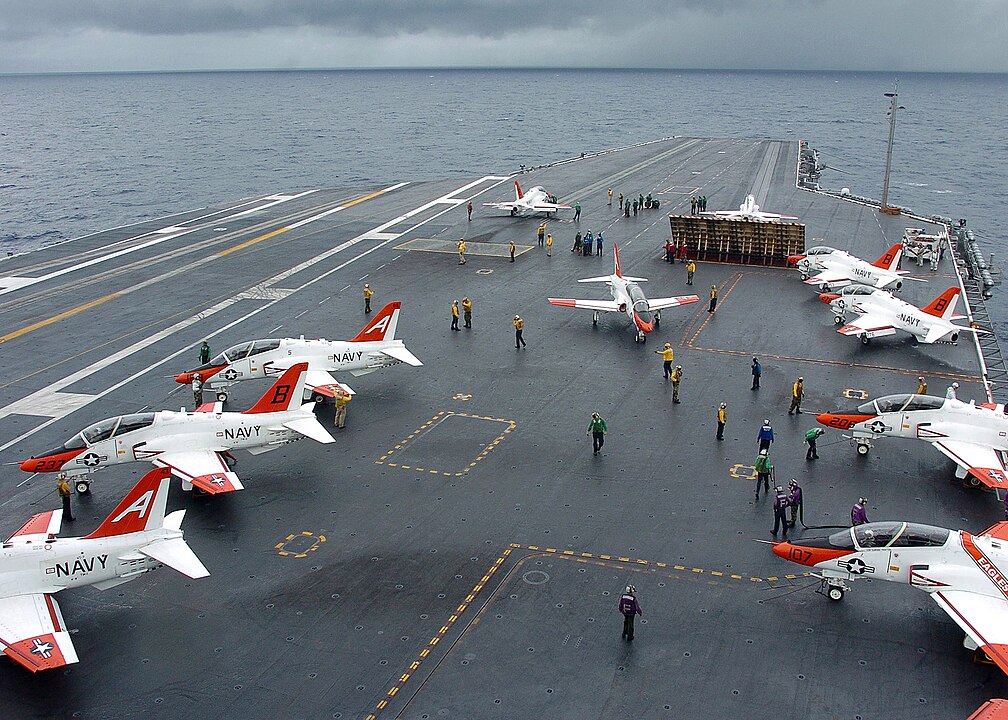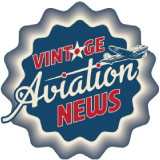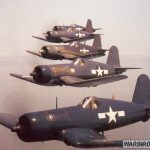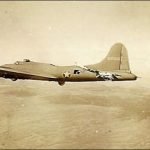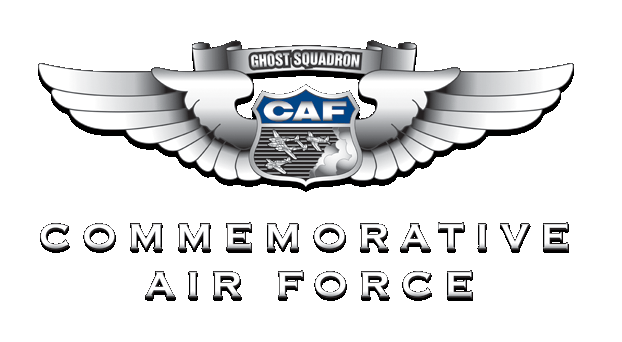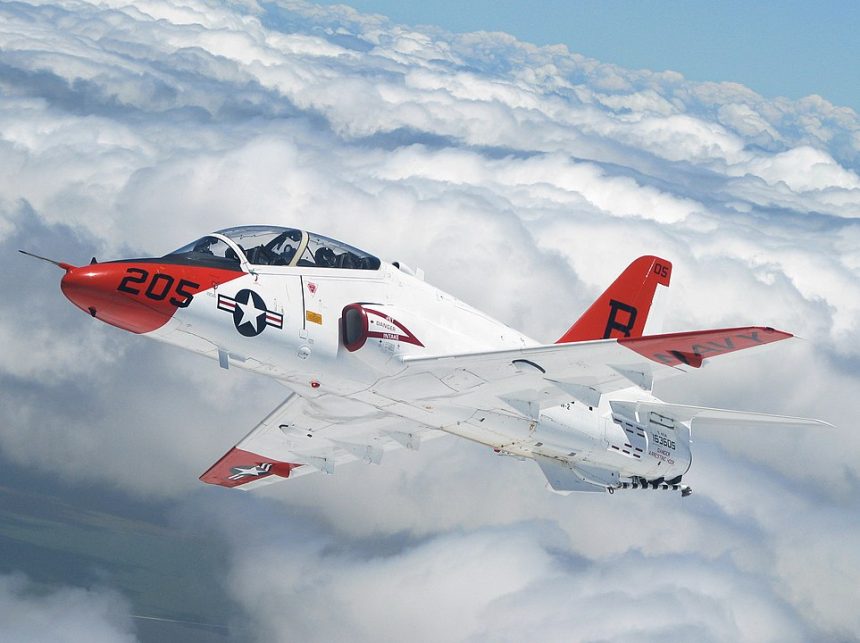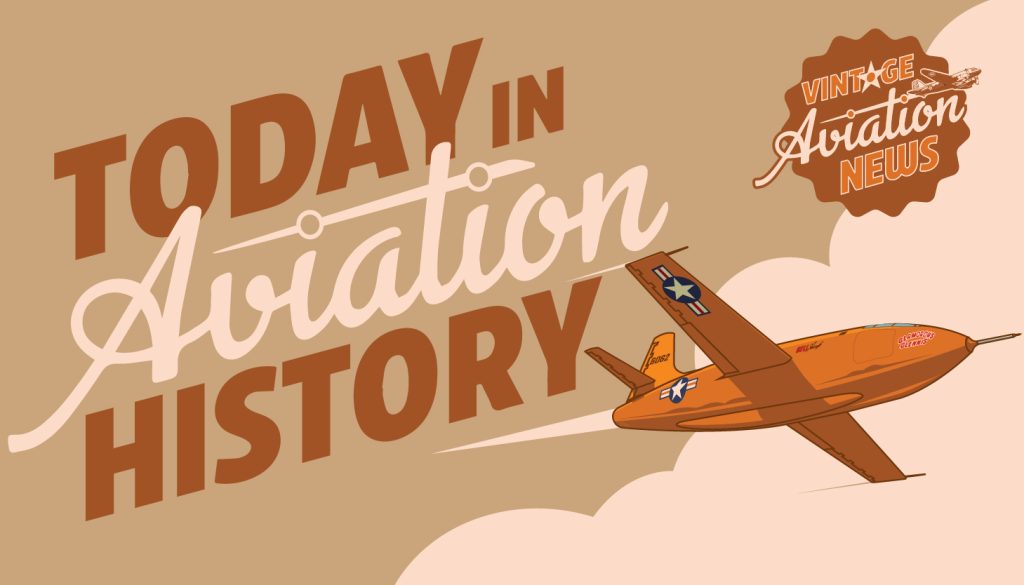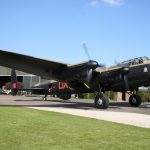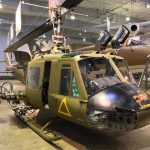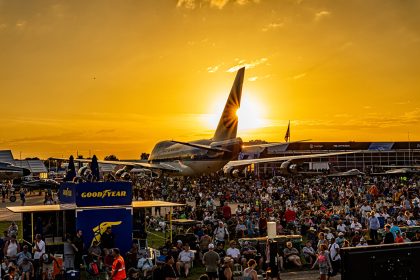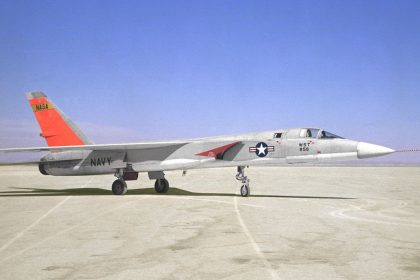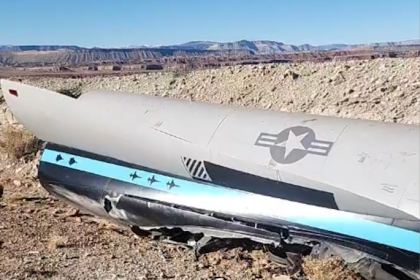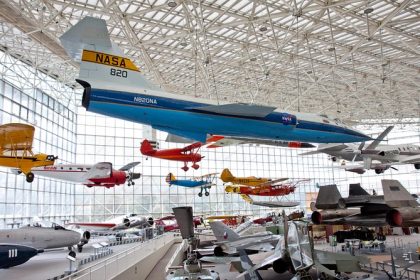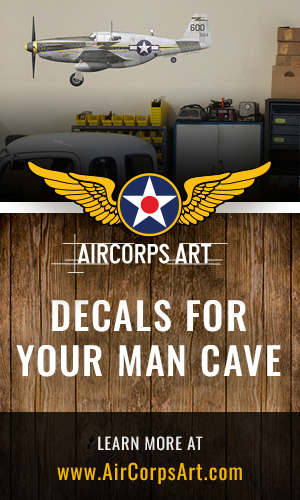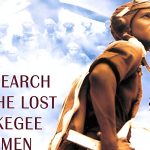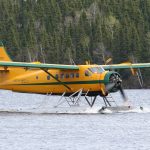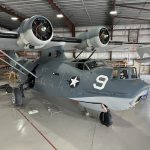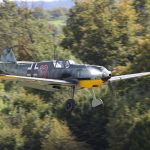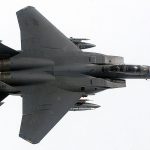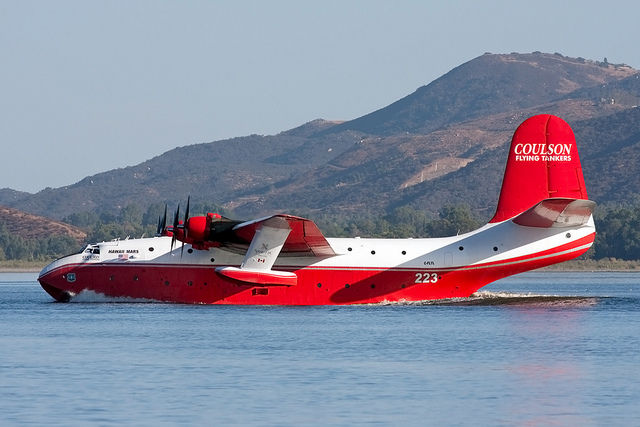On this day in aviation history—April 16, 1988—we mark the 37th anniversary of the first flight of the McDonnell-Douglas T-45 Goshawk. The Goshawk’s story began in the 1970s, when the U.S. Navy sought a modern replacement for its aging T-2 Buckeye and TA-4 Skyhawk jet trainers. By 1978, the service had launched the VTX-TS (Naval Aircraft Training System) program to find a suitable successor.
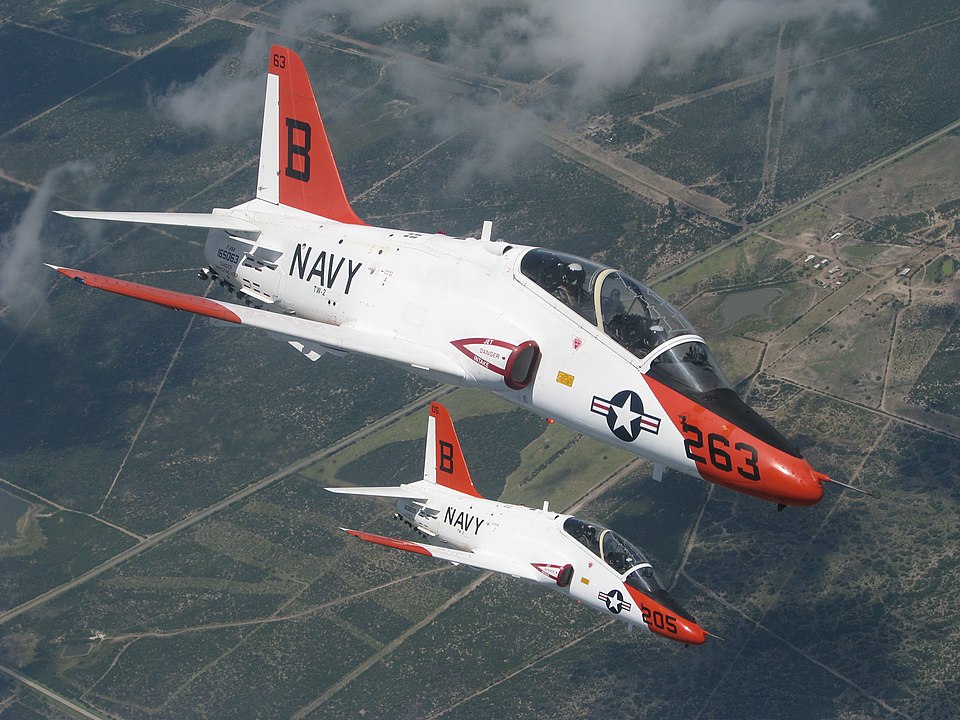
McDonnell-Douglas partnered with British Aerospace (BAe) to adapt the proven BAe Hawk airframe into a carrier-capable trainer. This “navalized” version underwent significant modifications to meet the unique demands of carrier operations. After years of joint development and testing, the T-45 Goshawk took to the skies for the first time in 1988.
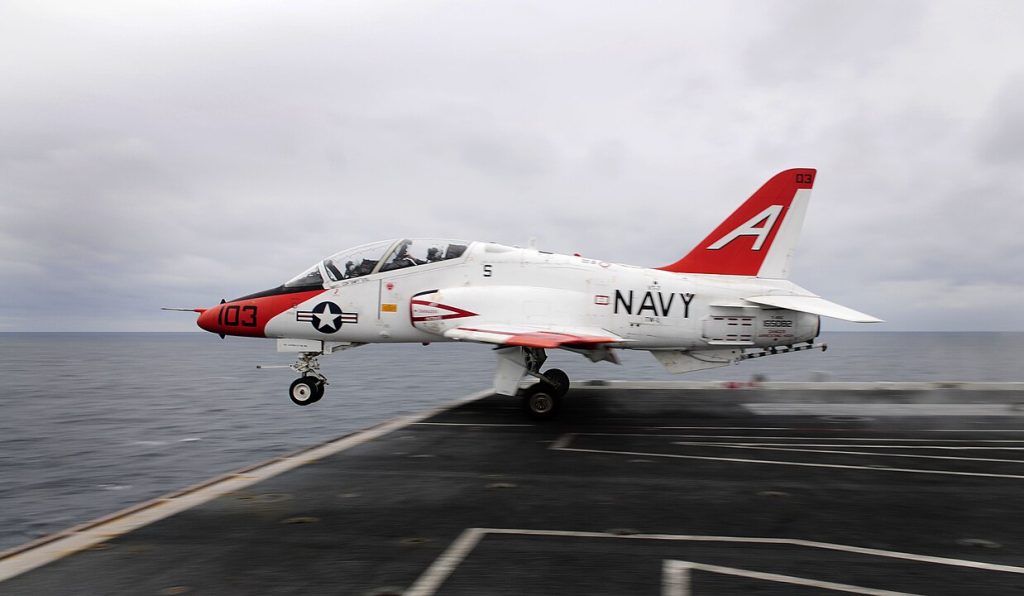
Since entering service, the T-45 has become a cornerstone of U.S. Navy and Marine Corps pilot training. It serves as the primary jet used in intermediate and advanced phases of the Naval Aviator strike pilot program. Powered by a Rolls-Royce Turbomeca F405-RR-401 turbofan engine generating 5,527 pounds of thrust, the Goshawk can reach speeds of up to 625 mph and has a range of 700 nautical miles. Though typically unarmed, each wing of the T-45 features a hardpoint capable of carrying up to 12 Mk-76 practice bombs, rocket pods, or auxiliary fuel tanks, depending on training requirements.
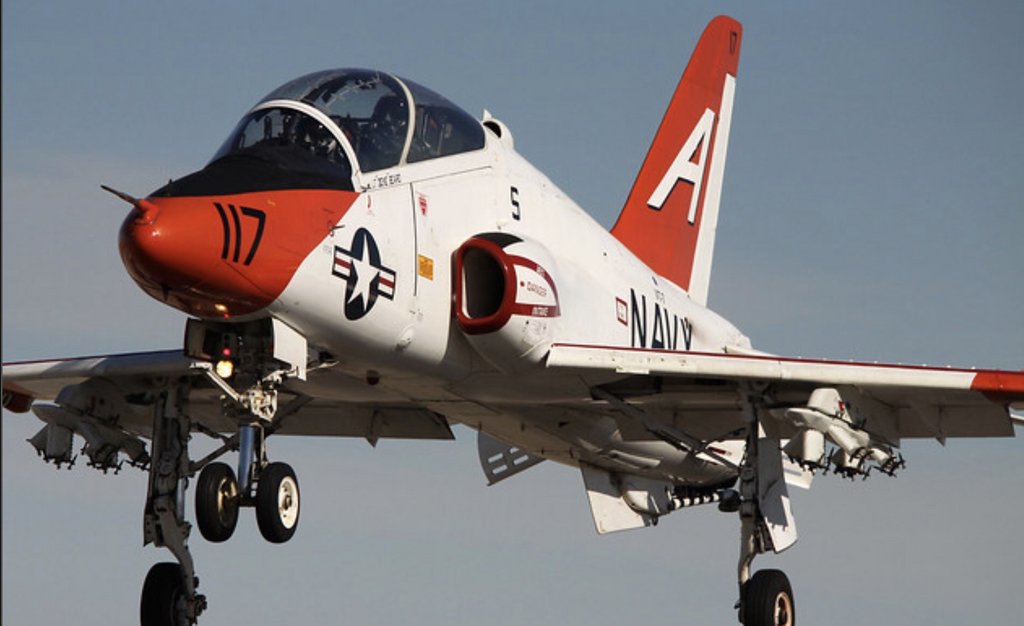
As of today, 221 T-45s have been built since production began in 1988, and they remain in active service. The aircraft continues to provide a stable, reliable platform for preparing future naval aviators for high-performance combat aircraft like the F/A-18 Hornet. Looking ahead, there are tentative plans for a T-45D variant, which is expected to include manufacturing upgrades and new avionics—potentially including a helmet-mounted display system. With over three decades of service under its wings, the Goshawk remains a trusted workhorse in shaping the next generation of carrier-qualified pilots.
